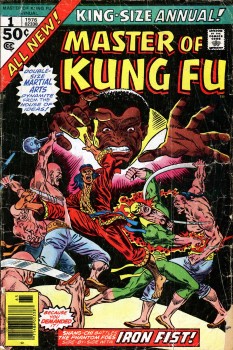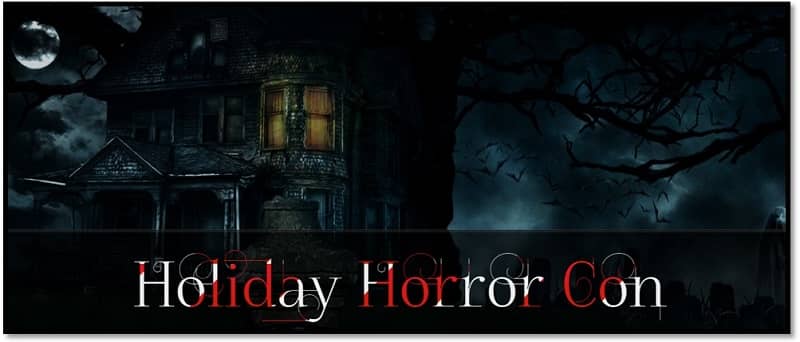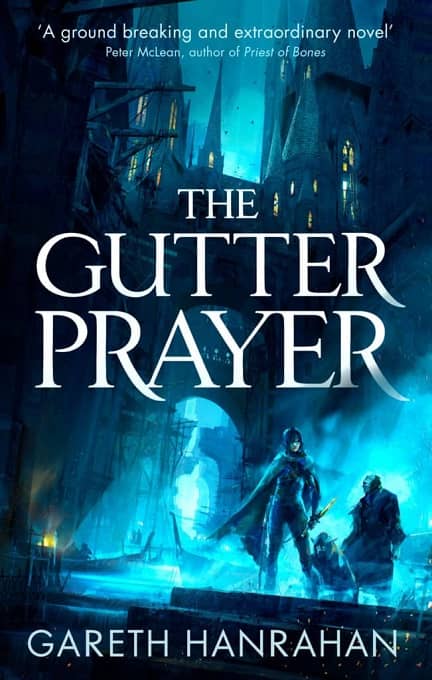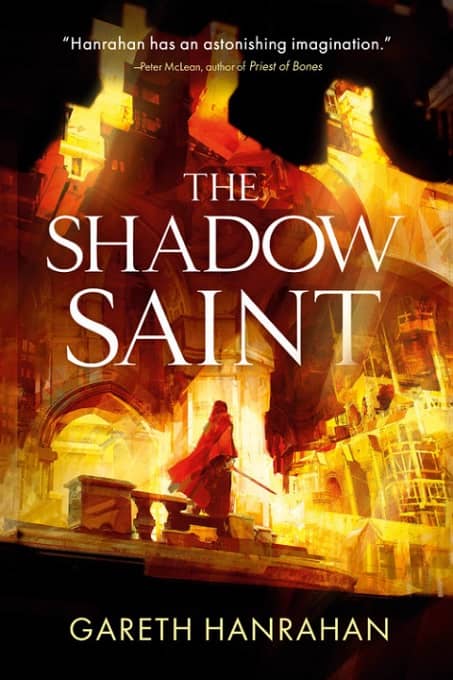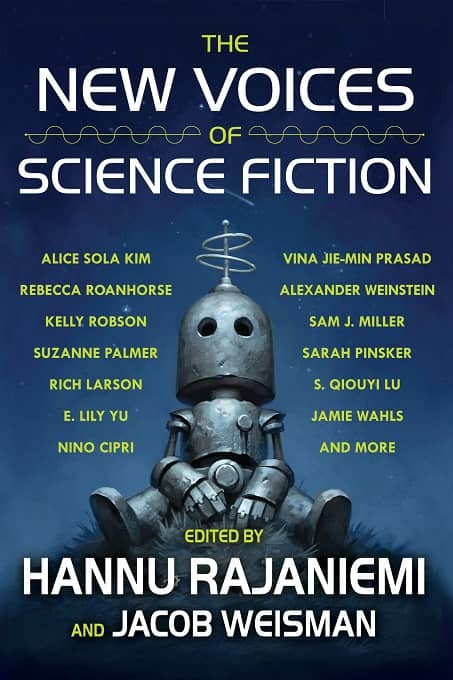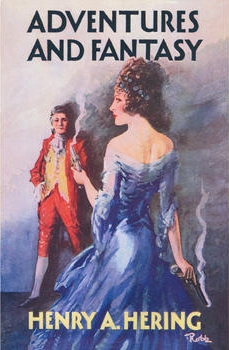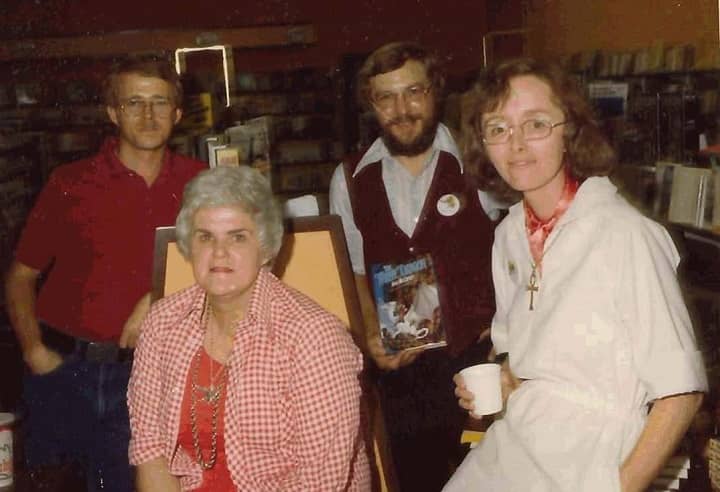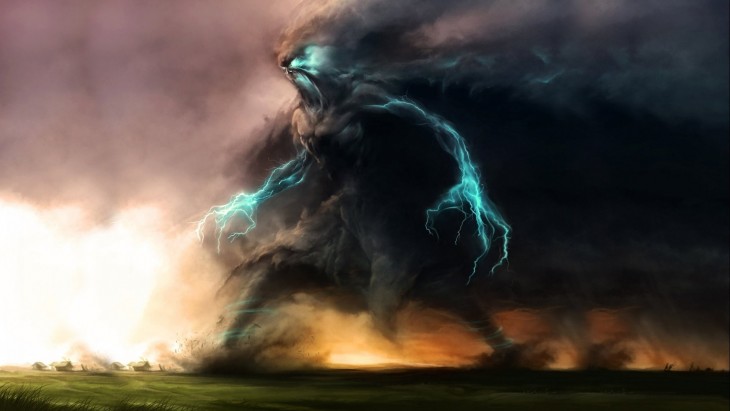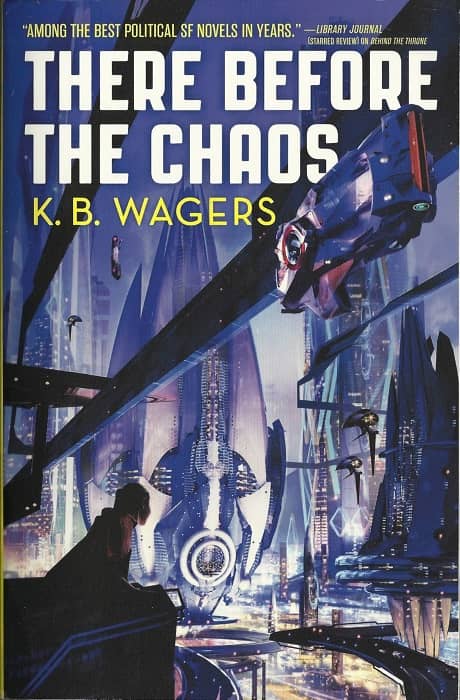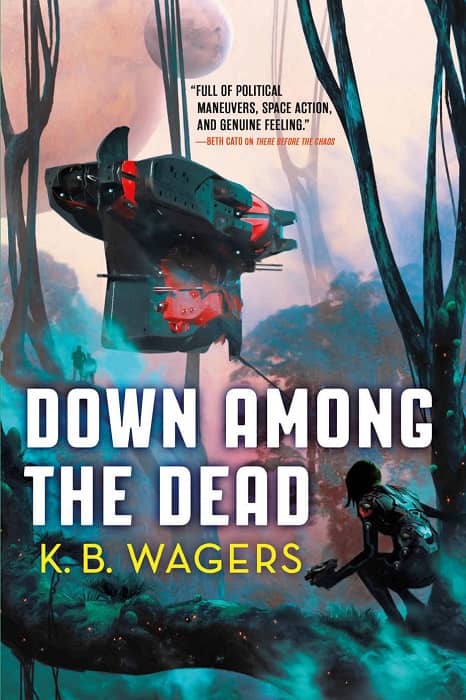Explorers, Mathematicians, and Airwalkers: November/December Print SF Magazines
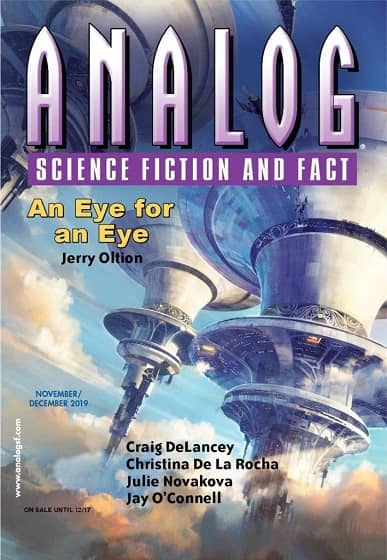 |
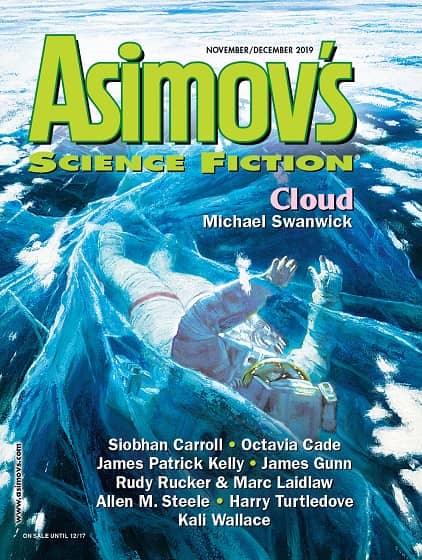 |
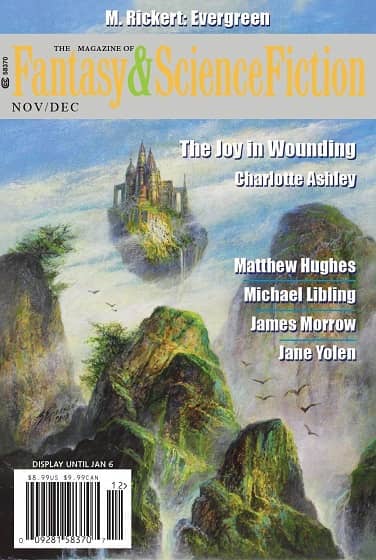 |
Covers by Tuomas Korpi, Donato Giancola, and Bob Eggleton
The end-of-year crop of print magazines contains some very promising fiction from Michael Swanwick, James Morrow, James Patrick Kelly, Benjamin Rosenbaum, M. Rickert, Jerry Oltion, Mark W. Tiedemann, Jay O’Connell, Allen M. Steele, R. Garcia y Robertson, Harry Turtledove, James Gunn, and many others — including Black Gate‘s new short fiction reviewer, James Van Pelt. But I think my favorite piece this month was Sheila Williams’ editorial, “A Sadder and Wiser Woman,” in which she addresses the loss of two women, Janet Jeppson Asimov and Carol Emshwiller, who had long been associated with Asimov’s Science Fiction. Here she reminisces about her friendship with Emshwiller.
I was a high-school student when I first encountered Carol Emshwiller’s fiction in the pages of Dangerous Visions. I had to reread “Sex and/or Mr. Morrison” a couple of times before I had the slightest idea of what was going one. I became friends with Carol after I moved to New York City, and in 1991 she convinced my husband and I to accompany her on a walking tour of England’s Lake District….
Carol was bemused to “break in” to Asimov’s in January 2006. Her first story for us was “World of No Return.” Over the next seven years we published twelve of her inventive and often disturbing tales. One short story, “The Lovely Ugly” (August 2010), tied for first place in our annual Readers’ Award Poll. The last tale, “Riding Red Ted and Breathing Fire,” appeared in our April/May 2012 issue. Some of my other favorites included “Master of the Road to Nowhere” (March 2008) and “The Bird Painter in Time of War” (February 2009). I was sorry that she stopped writing, because I would love to have published a dozen more. Carol was born on April 12, 1921, and died on February 2.
Here’s the editorial issue summaries for Analog, and Asimov’s, and the complete Tables of Contents for all three.
